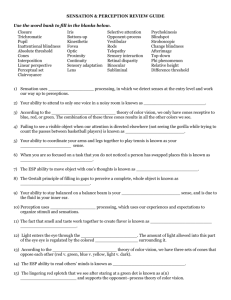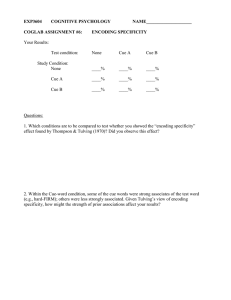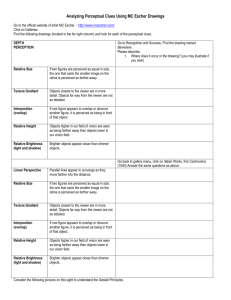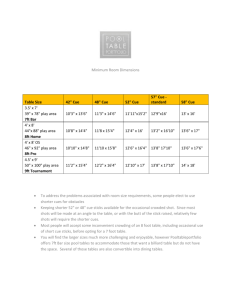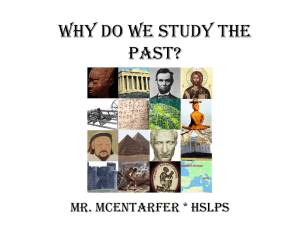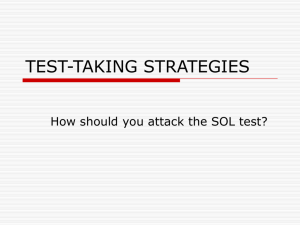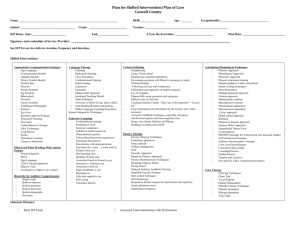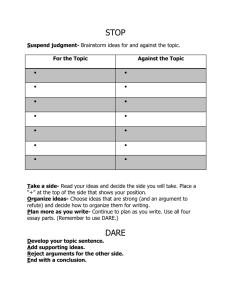Analyzing Depth and Distance Ask students to bring a picture to
advertisement
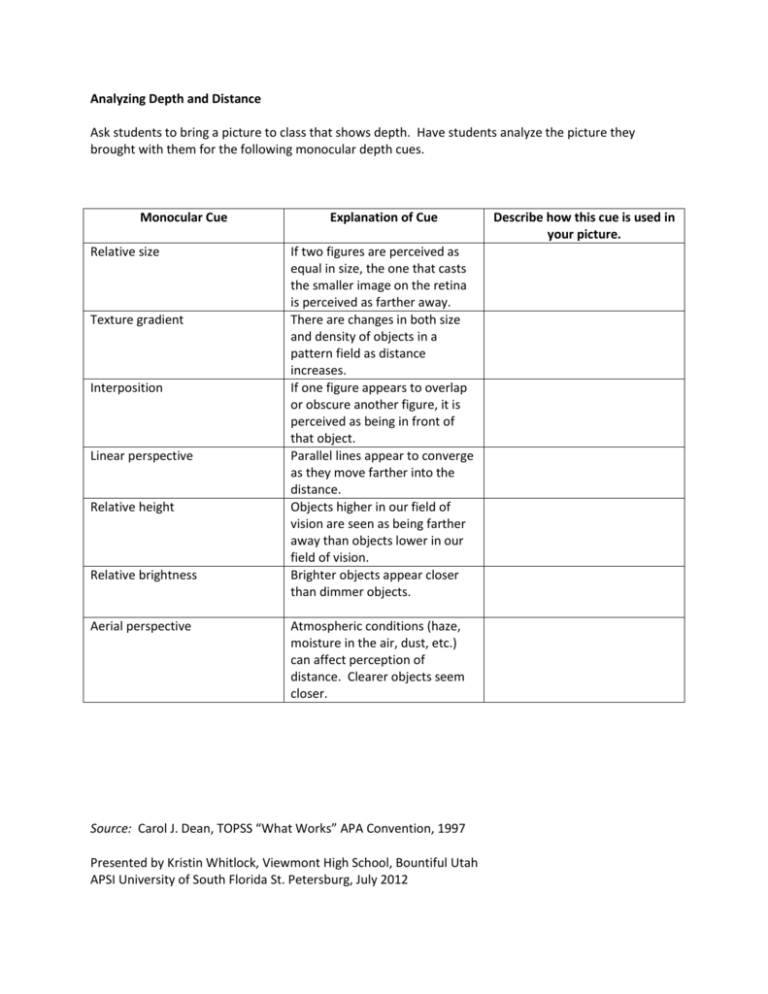
Analyzing Depth and Distance Ask students to bring a picture to class that shows depth. Have students analyze the picture they brought with them for the following monocular depth cues. Monocular Cue Relative size Texture gradient Interposition Linear perspective Relative height Relative brightness Aerial perspective Explanation of Cue If two figures are perceived as equal in size, the one that casts the smaller image on the retina is perceived as farther away. There are changes in both size and density of objects in a pattern field as distance increases. If one figure appears to overlap or obscure another figure, it is perceived as being in front of that object. Parallel lines appear to converge as they move farther into the distance. Objects higher in our field of vision are seen as being farther away than objects lower in our field of vision. Brighter objects appear closer than dimmer objects. Atmospheric conditions (haze, moisture in the air, dust, etc.) can affect perception of distance. Clearer objects seem closer. Source: Carol J. Dean, TOPSS “What Works” APA Convention, 1997 Presented by Kristin Whitlock, Viewmont High School, Bountiful Utah APSI University of South Florida St. Petersburg, July 2012 Describe how this cue is used in your picture.
